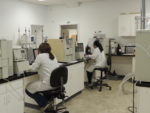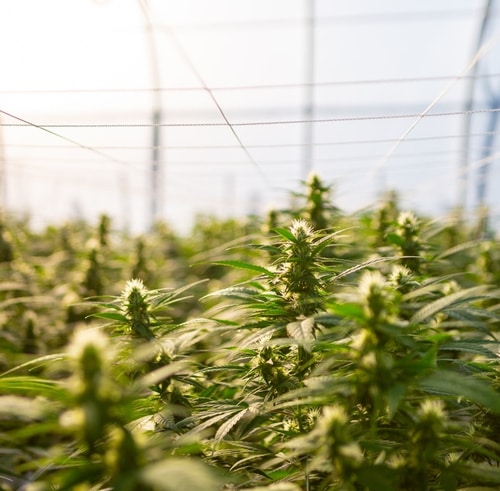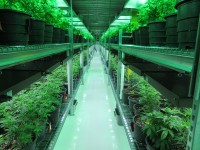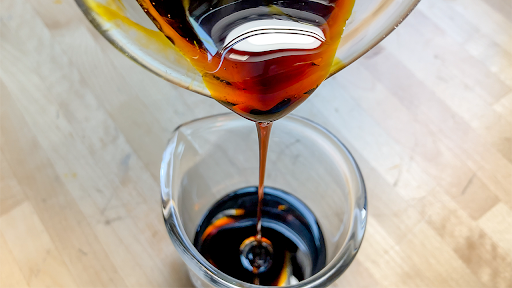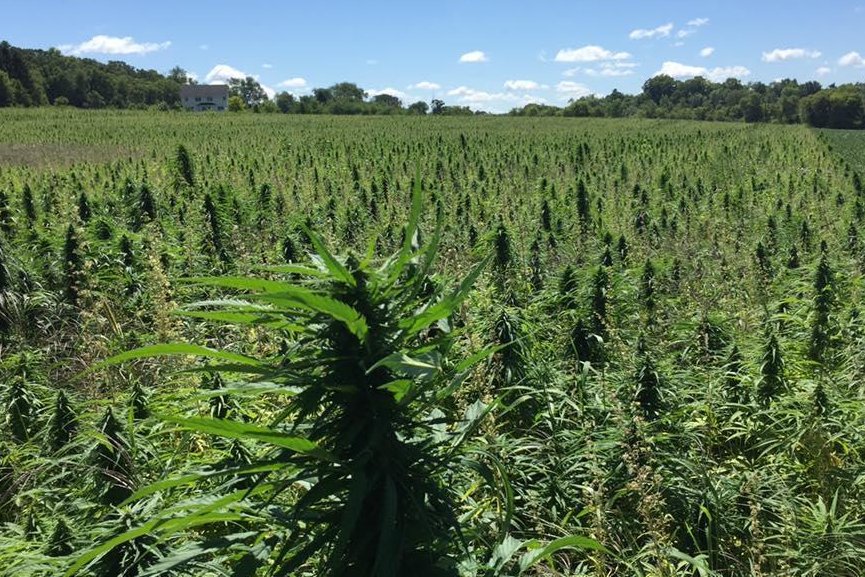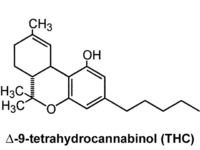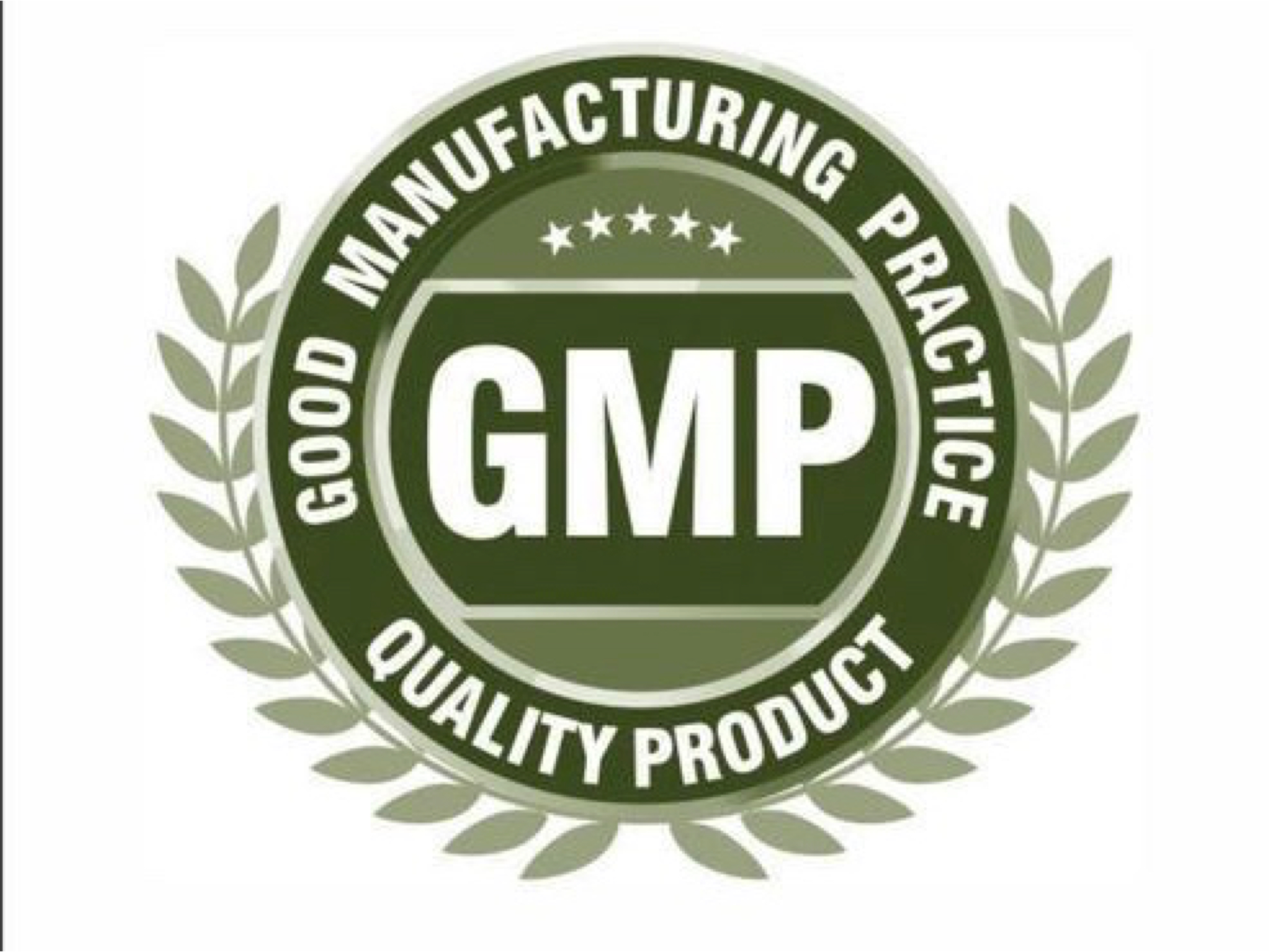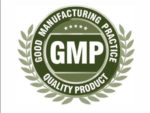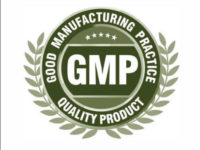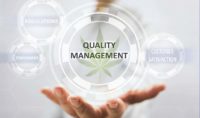A thorough cannabis product development process goes far beyond extracting and packaging. Performing advanced analytical testing at each and every stage allows producers to know the quantity, quality and behaviour of compounds in samples. Here are the four key stages from flower to consumption.
Stage 1: Flower
Developing a quality cannabis product begins with knowing the composition of compounds in your starting material. The best analytical tests utilize a metabolomics approach. Metabolomics is a suite of techniques that include a variety of instruments to run samples through in order to receive compositional data. In this stage, LC-qTOF and GC-MS are the best instruments to track all the compounds in the starting plant material. Essentially, metabolomics establishes a fingerprint of the compounds in a plant sample. This is beneficial because producers have to understand how their chosen cannabis plant differs from other cultivars and how it would potentially behave in their desired end product formulations.
Stage 2: Concentrate
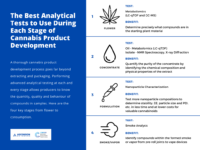 After the plant material has gone through an extraction process, producers want to know precisely what is in the extract. Are there compounds that should not be there and are all the desired compounds present? The best way to test the quality of cannabis oils is again to use metabolomics (e.g. via LC-qTOF). This test reveals all the compounds in the sample in order to help the producer determine the purity and consistency of molecules beyond just THC and CBD.
After the plant material has gone through an extraction process, producers want to know precisely what is in the extract. Are there compounds that should not be there and are all the desired compounds present? The best way to test the quality of cannabis oils is again to use metabolomics (e.g. via LC-qTOF). This test reveals all the compounds in the sample in order to help the producer determine the purity and consistency of molecules beyond just THC and CBD.
When testing cannabis isolates, it is best to use NMR spectroscopy and X-ray diffraction. NMR characterizes and assesses the purity of single compounds or mixtures in solution or solid state. X-ray diffraction provides information about the crystal structure, chemical composition and the physical properties of the cannabis sample to help the producer prove the identification of desired compounds. Establishing that the concentrates are pure and aligned with what the producer intended to extract is key in this stage of product development.
Stage 3: Formulation
Designing an appropriate drug delivery formula is a universal challenge producers face at this stage of product development. Where nanoemulsion or other carrier approaches are being used, formulation characterization allows producers to understand how their active compounds behave in simulated physiological environments as well as how stable their products are over time. Specifically, nanoparticle sizing and assessing size changes over time can help a formulation scientist ensure the highest quality product is being mixed, and that the desired effect will be imparted on the consumer/patient.
Stage 4: Smoke/Vapor
Many producers might not consider this final stage, but it is critical for all inhalable cannabis products and devices. Using a smoke analyzer and metabolomics testing can identify and quantify compounds present within the formed smoke or vapor from pre-roll joints to vape devices. This is not only important for preventing the production of toxic by-products, but it can help producers create an optimal smoking experience for consumers.
One area that is often an afterthought is quality compliance testing. Despite a number of groups using the required tests well during development, many forget to continue the same robust testing on end products. In the current cannabis product development landscape, there is little guidance on how compliance testing should be conducted on every product “batch.” With these advanced analytical tests, producers can confidently develop compliant, stable and quality cannabis products.


